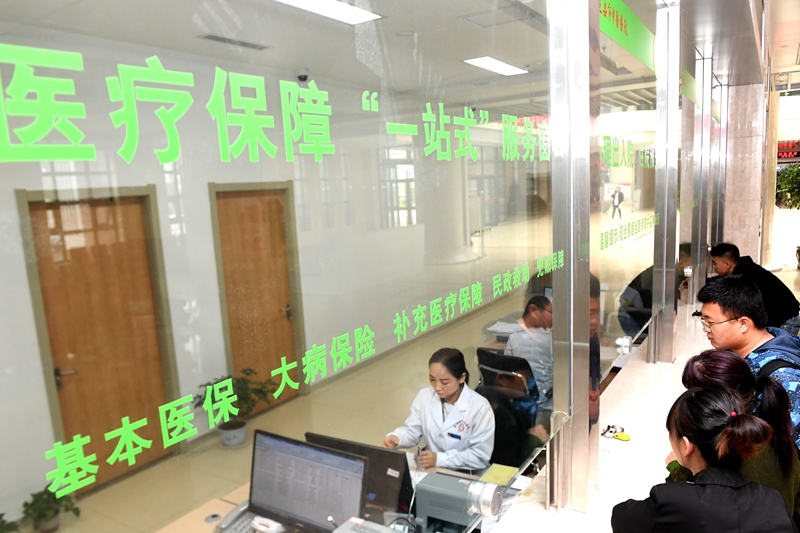Cover Story: China Moves to Alter Medical Coverage of 300 Million
Listen to the full version

Chinese authorities have quietly set in motion a long-discussed restructuring of the country’s medical insurance system that will affect more than 300 million urban residents, although debates remain unsettled on some key elements.
The National Healthcare Security Administration, a sub-ministry-level government agency managing China’s public health insurance programs, published a draft plan Aug. 26 to reshuffle the urban employee basic medical insurance system — one of the key pillars of the country’s state-backed social safety net.

- MOST POPULAR






